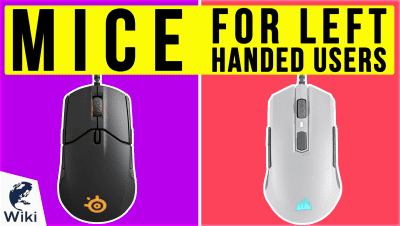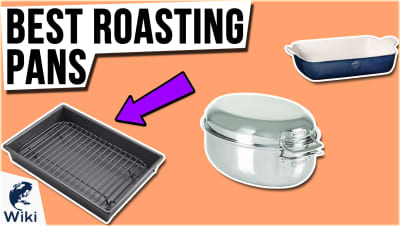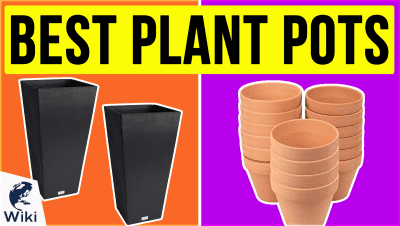Teaspoons Vs. Tablespoons: All You Need To Know
Teaspoons and tablespoons have very similar-sounding names. But mixing them up while baking could cause you a lot of trouble. In this guide, we look at everything you need to know about these two units of measurement, especially what the difference is between them. This video was made with Ezvid Wikimaker.
Teaspoons vs Tablespoons
| Teaspoon | Tablespoon | |
|---|---|---|
| Abbreviations | t, tsp | T, TB, Tbl, Tbsp |
| Capacity (US, UK, metric) | 5mL | 15mL |
| Capacity (Australia) | 5mL | 20mL |
| Can also refer to | A small spoon used to stir hot drinks | A large spoon used for eating or serving food |
Why are Measurements Important in Baking?
If you're baking a cake, having a good set of measuring tools is just as important as having bakeware or a recipe. While many people consider baking to be an art, it would be just as accurate to call it an edible form of chemistry. It's an exact science, and if you add too much or not enough of a certain ingredient, your baked goods might come out with the wrong look, the wrong texture, or the wrong taste.
The Chemistry of Cookies
How Many Teaspoons are in a Tablespoon?
| 3 teaspoons | 1 tablespoon |
| 16 tablespoons | 1 cup |
| 4 cups | 1 quart |
| 4 quarts | 1 gallon |
Conclusion
Teaspoons and tablespoons are used in a wide variety of recipes. If you're cooking or baking regularly, it's important to know the difference between the two. Luckily, most measuring tools you can buy are well-labeled, so it's easy to keep track of which is which. Next time you're making yourself a delicious treat, remember to pay attention to your measurements. Adding the right amount of each ingredient is the first step to preparing amazing food.
In Depth
For professional chefs and avid home cooks, knowing when to use a teaspoon versus a tablespoon is just second nature. But if you don't have any experience, it's easy to get confused.
In cooking, teaspoons and tablespoons are some of the most frequently used units of measurement. You'll see them in almost any recipe, regardless of where it comes from. They are used in both the metric and imperial systems. In the United States and the UK, a tablespoon is equal to three teaspoons, and four tablespoons make one quarter cup, or two ounces. In Australia, there are four teaspoons in a tablespoon.
Sometimes, recipes will call for a level or heaping teaspoon, or tablespoon. Level means that the excess is scraped or shaken off before adding it to the food. Heaping means that the ingredient being measured is piled onto the spoon. It is also sometimes referred to as a rounded tablespoon. Usually, a teaspoon contains about 5 milliliters, while a tablespoon measures around 15 milliliters.
Usually, a teaspoon contains about 5 milliliters, while a tablespoon measures around 15 milliliters.
Teaspoons and tablespoons are not only used as units of measurement; they are also types of silverware. The teaspoon is one of the smallest types of spoons. It is traditionally used for adding sugar to drinks like coffee and tea. It is also sometimes used to eat certain types of foods, such as appetizers and desserts.
The tablespoon is typically the largest one in a set of cutlery. It is often used to eat soup, and can also be used to dish food out onto plates. Spoons that you eat with should not be substituted for measuring spoons when cooking. When a recipe calls for a teaspoon or tablespoon, it is talking about the unit of measurement. The size of cutlery can vary a lot depending on the brand, so the teaspoon you use to stir your coffee does not necessarily hold the same amount as the one you use to measure salt for a recipe.
The tablespoon also has a very unique history. Before the 1700s, people in Europe traditionally brought their own utensils to the table when eating dinner. They carried them around similarly to the way we carry our phones and wallets in our pockets today. The quality of a person's spoon was a sign of his or her wealth and social standing. This is where the phrase "born with a silver spoon in his mouth" came from. They were sometimes engraved with monograms and other markings to signify the owner's family name and the spoon's maker.
They were sometimes engraved with monograms and other markings to signify the owner's family name and the spoon's maker.
In the 18th century, the tablespoon was unofficially added to the apothecaries' system, a list of measurements historically used by physicians in medical recipes. Today, liquid medications are still measured using teaspoons and tablespoons. Typically, the medicine will come with a measuring device made specifically for this purpose. These can be small plastic cups, spoons, syringes, or droppers. Only the device included with the prescription should be used to measure it. Kitchen spoons are not always the same size as these utensils, which can result in an incorrect dosage. Be sure to measure at eye level to get the most accurate reading possible.
If you're learning how to cook, memorizing the conversions between basic measurements can be very useful. It saves time and makes the process of halving or doubling a recipe much easier. Teaspoons and tablespoons are some of the most common measurements, so knowing the difference between them will be a big help in your journey towards becoming a great home chef.












